In a recent paper in the Journal of CAA, co-written with Jeremy Huggett and Gary Lock (Huggett et al, 2018), we explore a variety of scenarios depicting how knowledge is produced, circulated, enriched and maintained around the discipline/profession of archaeology, positing four alternative, but not mutually exclusive, potential knowledge regimes. Within each scenario we investigate the question of how do we know what we know? Or, put another way, how do we tap into disciplinary knowledge? When knowledge is explicit it can sit quite comfortably inside a system of libraries, museums and other archives where it might be associated with some sophisticated ontology created under the auspices of long-standing disciplinary institutions and organisations. Increasingly, even such explicit archaeological knowledge now languishes disconnected or adrift in grey reports and isolated databases. Most importantly, it seems to us (me), our practice-based knowledge, which is often tacit in character, is distributed across a wide body of people and sub-groups of the archaeological community, each with their unique perspectives, filters, and ways of mediating what they know and what other knowledge they have access to. How do we connect with them?
We named our scenarios: the ‘Ministry of Digital Orthodoxy’; the ‘Academy of Digital Advancement’; the ‘School of Digital Citizenship’; the ‘Commune of Digital Anarchy’. Each scenario is plausible and, indeed, we show that aspects of all of them are visible in archaeological practices today. In reality they represent overlapping practices with their own blend of strengths and weaknesses.
However, the issue that emerges across the board is that knowledge production in archaeology today is somewhat precarious and access to much of that knowledge is piecemeal, sometimes restricted, and at risk of being severely impaired or lost. I won’t rehearse the arguments here but, in summary, archaeological knowledge is being created ‘in the wild’, that is far outside the traditional environs of the academy and its established modes. There are an unknown number of loosely connected or unconnected knowledge sources which are (un)curated in alternative and perhaps vulnerable knowledge repositories. However, there are no end-to-end maps depicting the many (and ever expanding) activities of archaeologists and where much of this extensive, and possibly idiosyncratic, disciplinary knowledge can now be found. We therefore proposed that a digitally-mediated mapping of our disciplinary knowledge would be a challenge that the archaeological community as a whole might engage with for our own collective self-enlightened interest. At the very least it would help reduce unnecessary and avoidable duplication and re-invention. More positively it might free up new creative spaces for the discipline to build upon.
We have to be realistic here. There is no single knowledgemap and no one, common, central, or overriding, perspective. There must and should be pluralism, so we might instead think about an atlas of knowledgemaps, utilising an array of projection techniques, and tinted by many different perspectives and contexts. Any given knowledgemaps will likely be out of date almost from the moment that they are conceived and require constant review to remain of use. And there is the rub. A knowledgemap has no value by itself. It must serve a purpose to have any authority, to be credible, and to warrant the effort of creating and maintaining it. In short it has to have some use. With this in mind, John Pouncett, Stephen Stead and myself are organising a round table session (Session 19 “Our Knowledge is All Over the Place”) at CAA 2019, Krakow to explore a range of different perspectives on digitally-mediated alternatives – provided by colleagues from around the world and different parts of archaeological practice. It is therefore very timely that Mark Gillings, Piraye Hacıgüzeller, and Gary Lock (Gillings et al, 2018, pp. 10-12) have laid out a manifesto which I feel we would do well to keep in mind as we share our unique perspectives on what a digitally-mediated knowledge map might look like.
- “Maps are never stable and we continually need to question what a map is, as well as what the potential consequences are of its creation.”
- “Our maps have histories (and genealogies), and we need to understand these in all their nuanced detail.”
- “How we map shapes what is possible to do with the maps we create.”
- “Our maps can act and should be encouraged to do so. We need to accept that our maps can be affective as well as effective and must embrace their performative character.”
- “There is nothing wrong with maps that are argumentative, discordant, disruptive, playful, provocative or simply beautiful.”
- “There should be no limits to what is deemed mappable.”
Hear hear! I for one am looking forward to the conversation that will follow. What shall we discover? Plurality, status quo, declining horizons? W(h)ither archaeological knowledge?
References
Gillings, M., Hacıgüzeller, P., and Lock, G. 2018. ‘On Maps and Mapping’, in: Gillings, M., Hacıgüzeller, P., and Lock, G., (eds.), Re-Mapping Archaeology: Critical Perspectives, Alternative Mappings. London: Routledge, pp 1-16.
Huggett, J., Reilly, P. and Lock, G., 2018. Whither Digital Archaeological Knowledge? The Challenge of Unstable Futures’, Journal of Computer Applications in Archaeology, 1(1), pp. 42–54. DOI: http://doi.org/10.5334/jcaa.7r
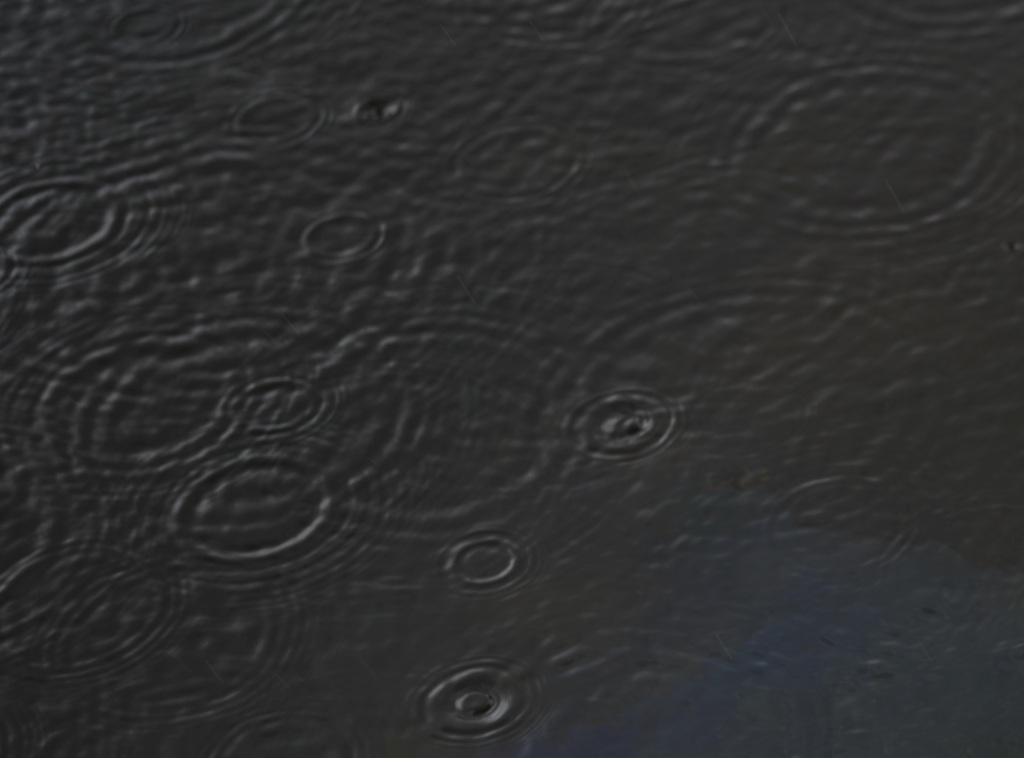
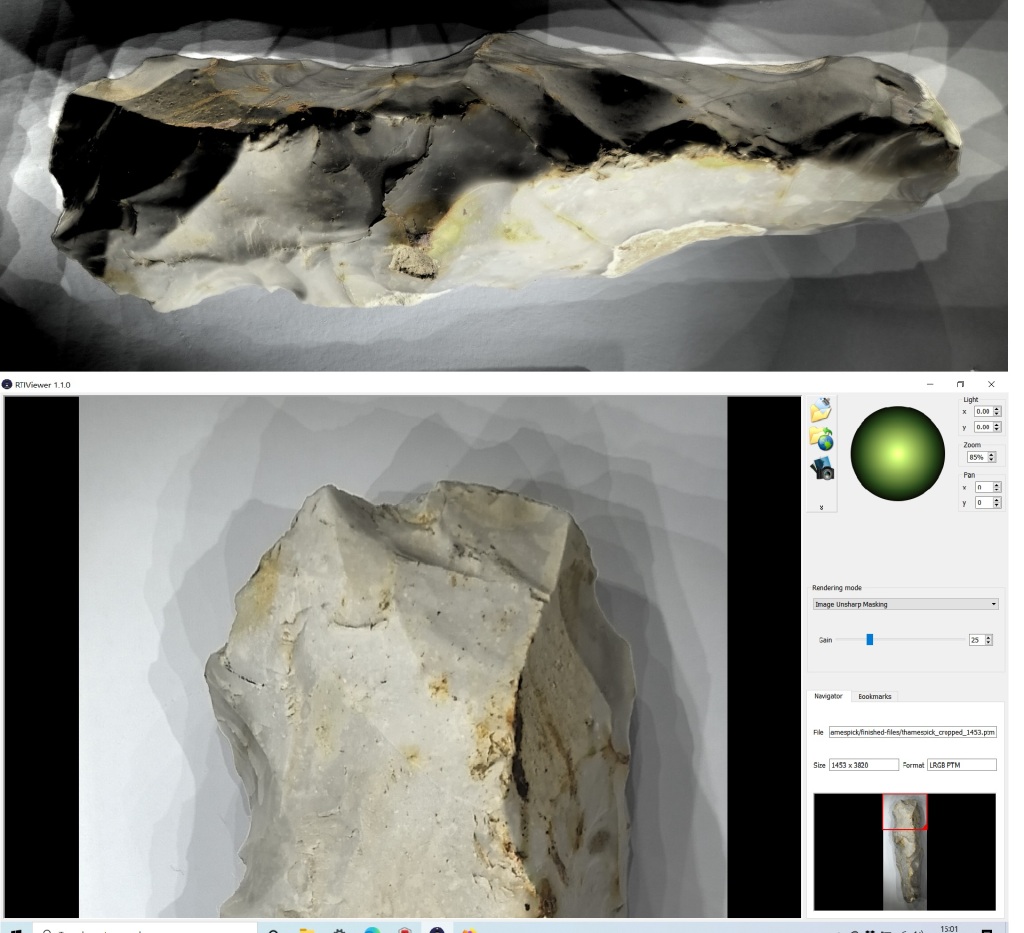
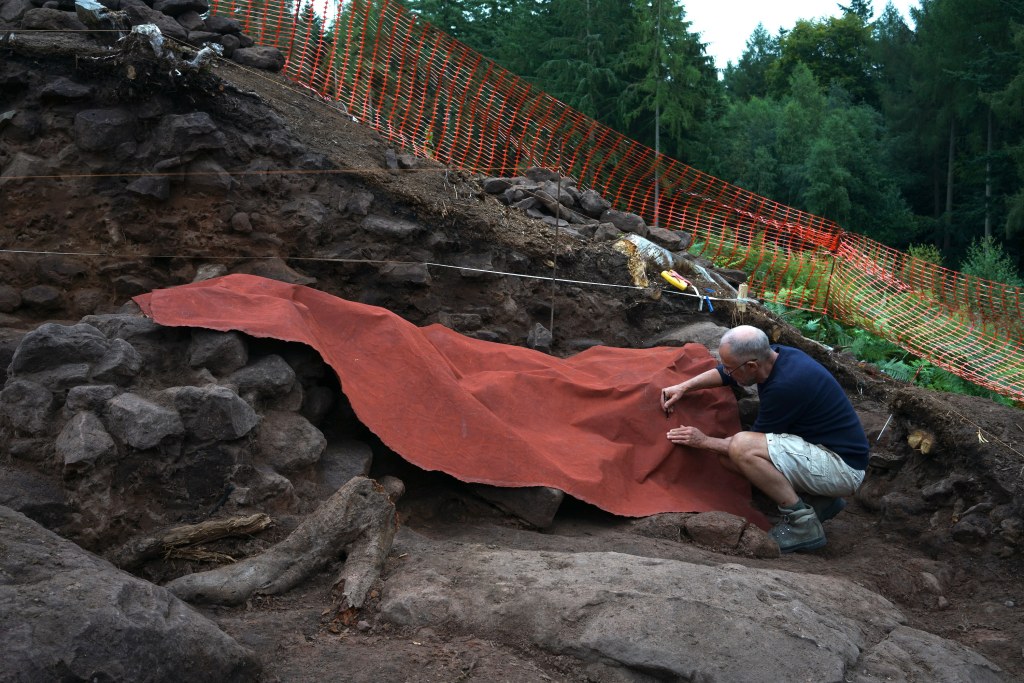
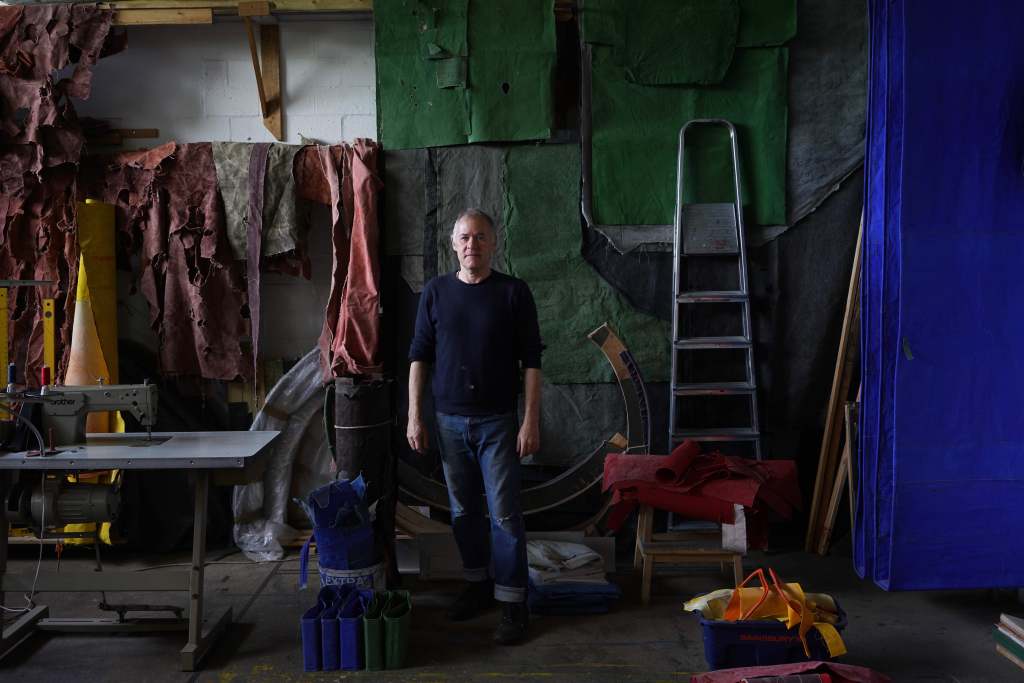


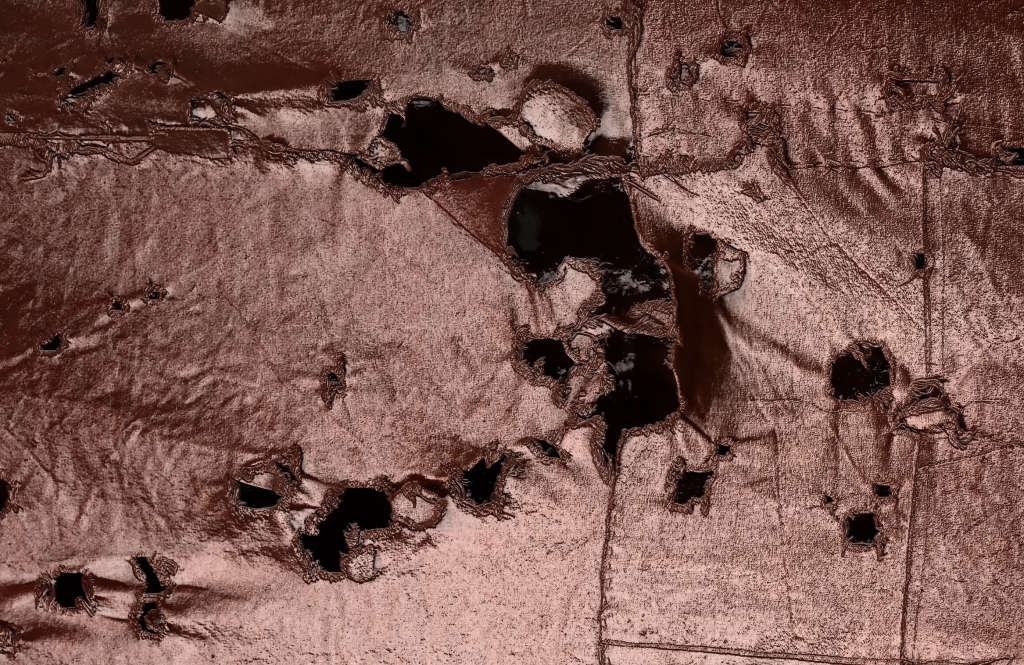
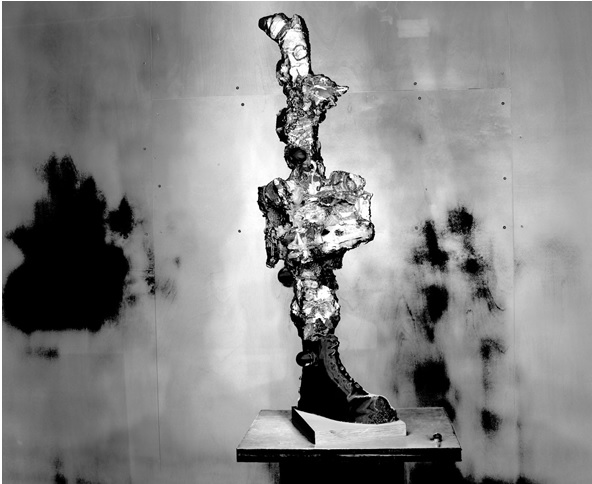
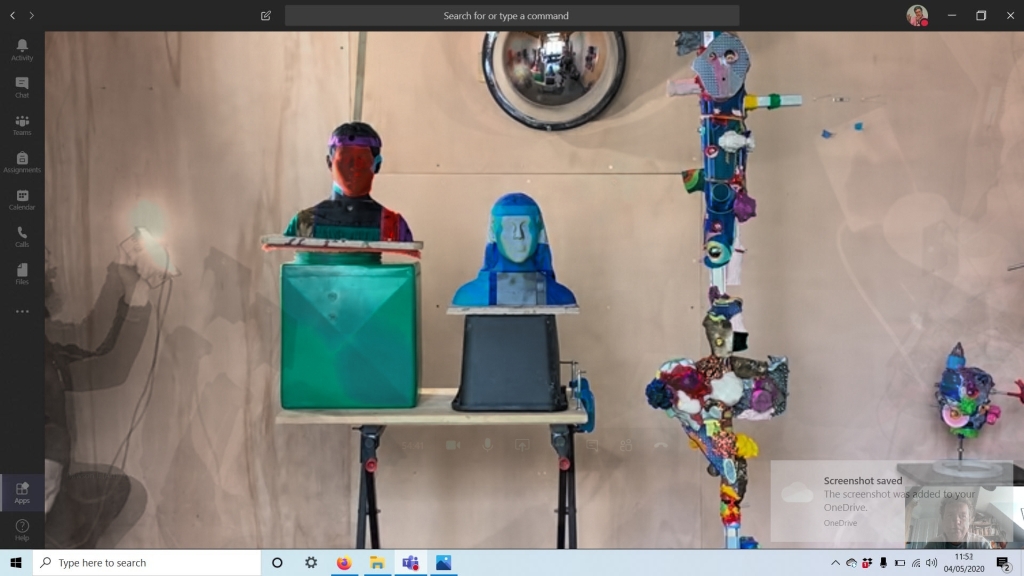
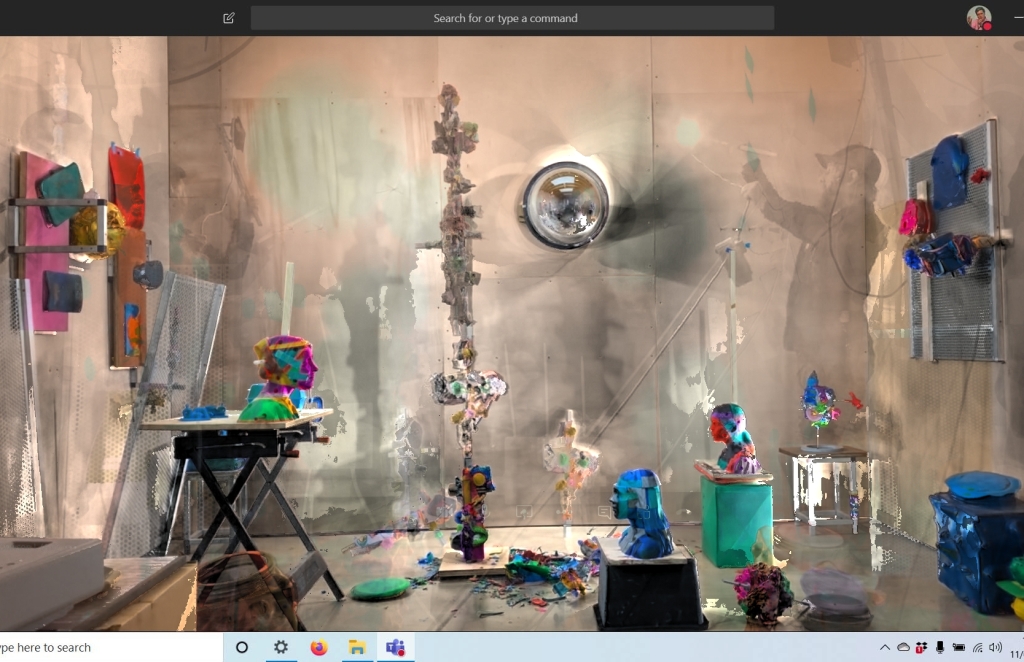
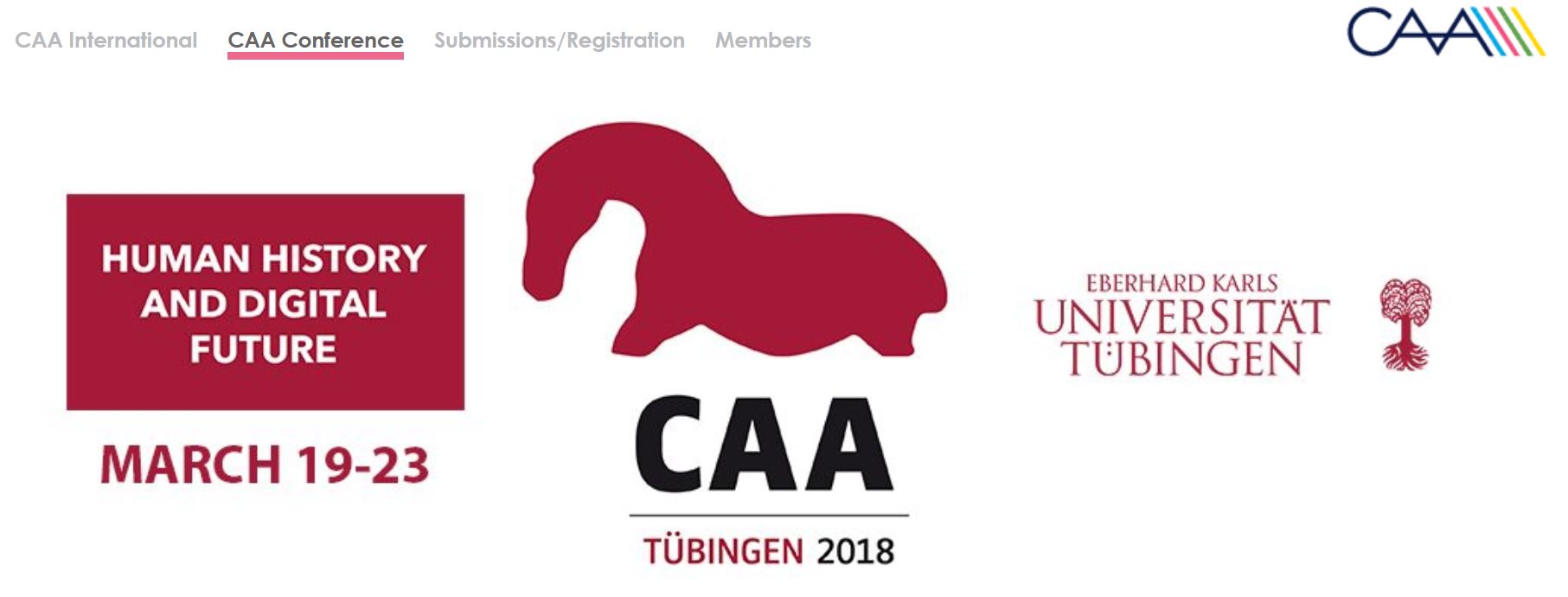




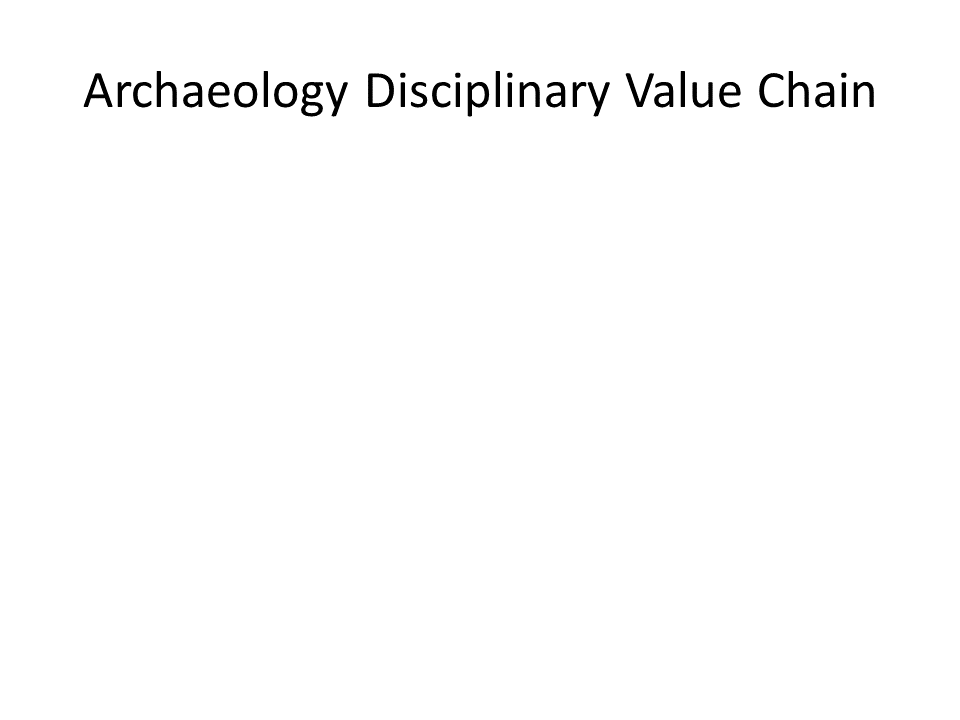 I was delighted to learn the multi-thread, multi-format session proposed by myself and my colleagues John Pouncett and Steve Stead to
I was delighted to learn the multi-thread, multi-format session proposed by myself and my colleagues John Pouncett and Steve Stead to